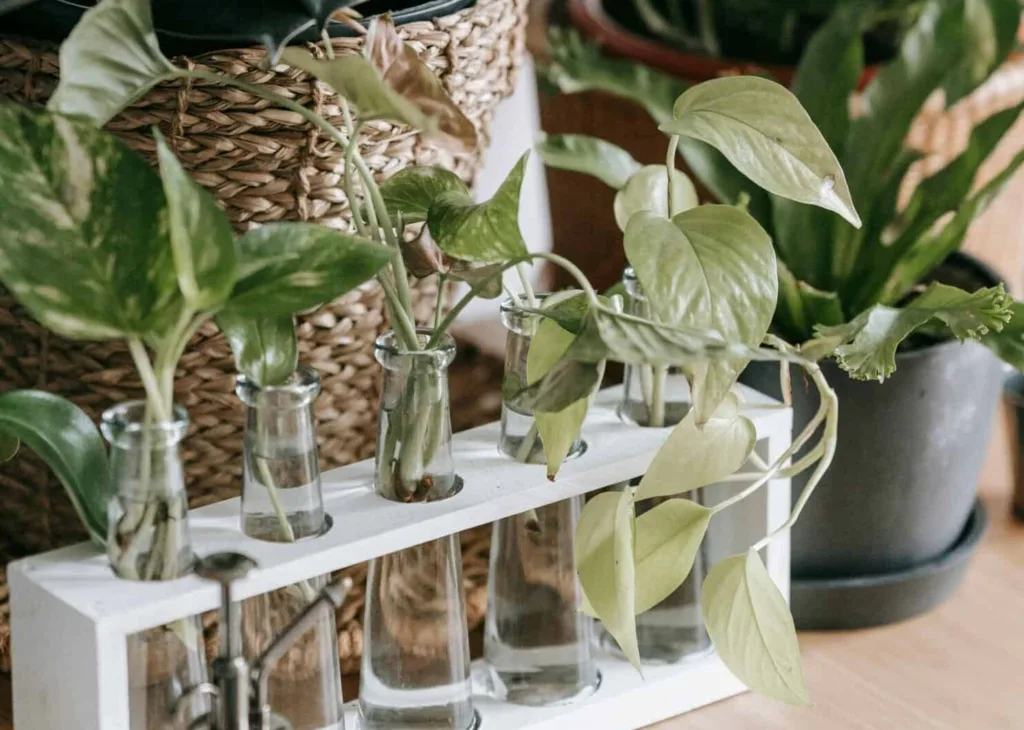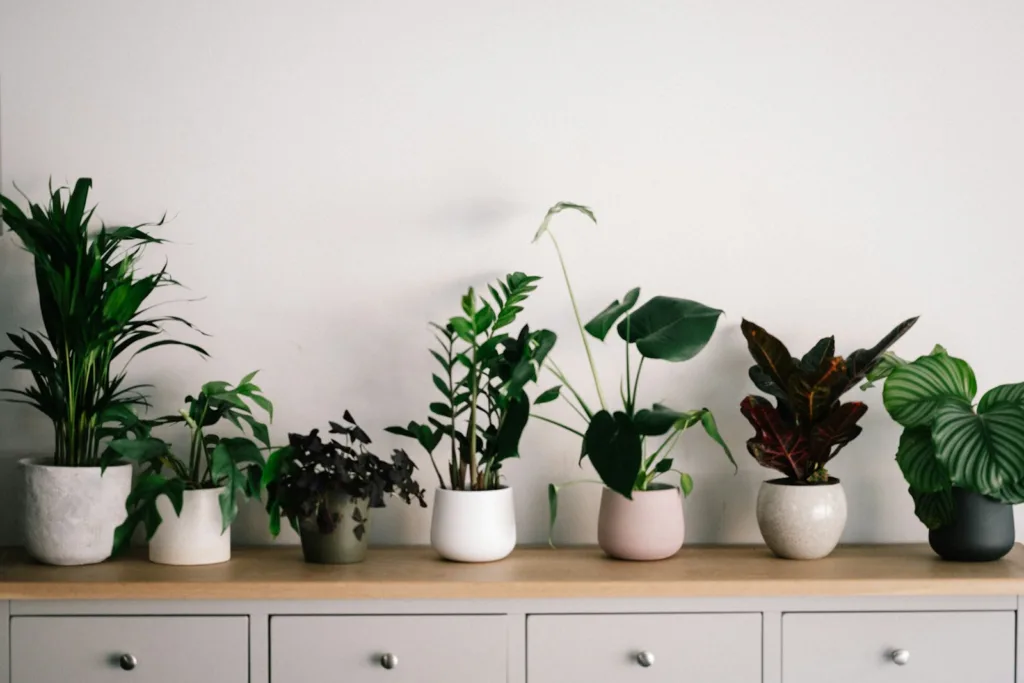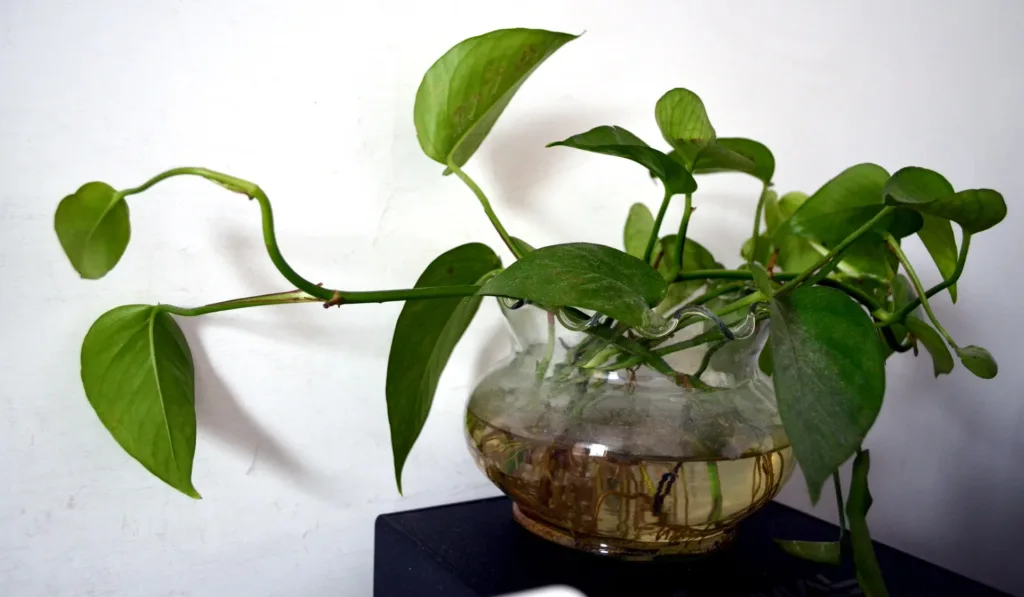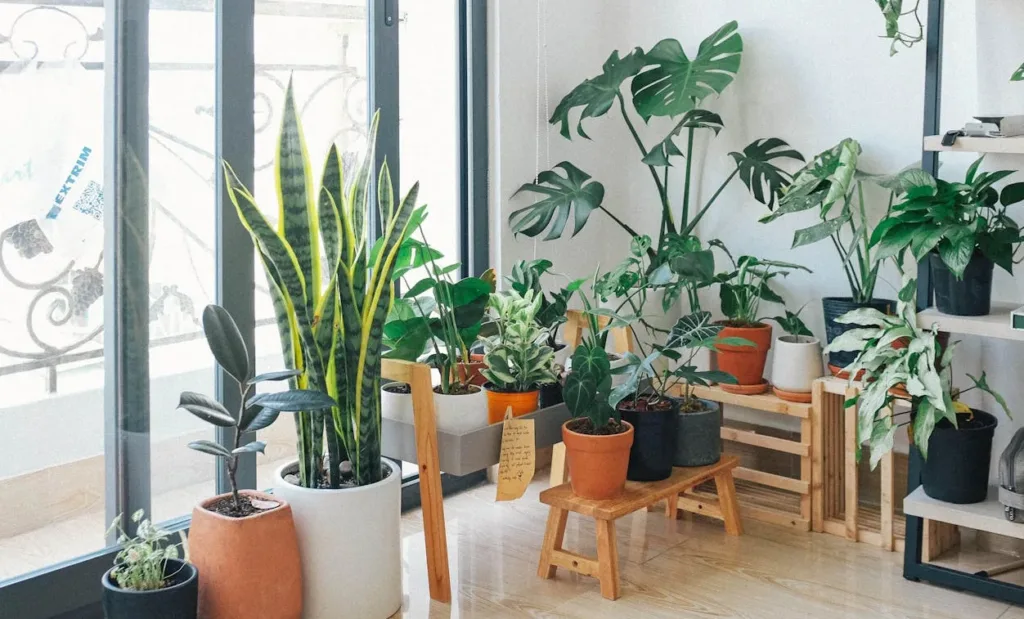Monstera deliciosa, also known as the Swiss cheese plant, it’s a popular indoor plant for its unique, split leaves and easy care. No matter if you’re a seasoned plant parent or a beginner who’s looking to add a touch of greenery to your home, this plant is an excellent choice.
In this Monstera deliciosa plant care guide, we will guide you about everything you need to know to keep your Monstera deliciosa healthy and thriving. From the ideal lighting conditions to watering tips, soil preferences, and common pests, you’ll learn all the necessary care practices to help your Monstera flourish in any indoor environment. So let’s start ,
Table of Contents
Light Requirements for Monstera Deliciosa
Monstera deliciosa can grow well in bright, indirect light, but it can also tolerate low light. In its natural habitat, this plant grows under a forest canopy, receiving filtered light. To replicate this at home, place your Swiss cheese plant near a window where it will receive bright, indirect light but avoid direct sun, which can cause leaf burn.

Ideal Lighting:
Monstera grows well in bright, filtered light, which encourages healthy growth and large, split leaves. Too much direct sunlight can cause damage, so a sheer curtain or a location that shields the plant from intense sunlight is ideal.
Low Light Tolerance:
While the plant can survive in low-light conditions, growth slows down, and the leaves may become smaller and less vibrant. If the plant starts leaning towards the light source, it may need more exposure.
Signs of Poor Lighting:
If the leaves turn yellow, the plant looks leggy, or new growth is smaller than usual, it’s a sign that your Monstera needs more light. Consider moving it closer to a window or supplementing with a grow light.
Watering Monstera Deliciosa
Monstera prefers to be watered thoroughly when the top inch or two of soil feels dry. Overwatering can lead to root rot, while underwatering can cause the leaves to curl and dry out.

Watering Tips:
- Water thoroughly and ensure that the excess drains out.
- Let the soil dry out between waterings. During winter, reduce watering as the plant’s growth slows down.
- Check for signs of overwatering: yellowing leaves and mushy stems are key indicators.
Soil and Potting
A well-draining potting mix is essential for Monstera. A peat-based mix with perlite or orchid bark provides the right balance of moisture retention and drainage.

Repotting:
- Repot your Monstera every 1-2 years or when it outgrows its pot.
- Choose a pot that’s 2-3 inches larger than the current one for healthy root development.
Humidity and Temperature
Monstera deliciosa plant loves humidity levels of 60% or higher. While it can tolerate lower humidity.But, it will grow best in a humid environment.
Humidity Tips:
- Increase humidity with a humidity tray, misting, or a humidifier.
- Ideal temperature range: 65°F-80°F (18°C-27°C). Avoid placing the plant near cold drafts or air conditioning.
Fertilizing Monstera Deliciosa
Fertilizing your Monstera deliciosa is necessary for encouraging healthy growth and vibrant leaves. However ,Monstera can survive in a variety of conditions, regular feeding ensures it growth, especially during the growing season.

When to Fertilize
Monstera should be fertilized primarily during the growing season—spring and summer—when the plant is actively producing new leaves. Once a month is sufficient during these months. During the dormant period in fall and winter, reduce fertilizing or stop altogether, as the plant’s growth slows and it needs fewer nutrients.
What to Use
A balanced, water-soluble fertilizer (such as a 10-10-10 or 20-20-20 mix) works well for Monstera. You can also use organic fertilizers like compost or fish emulsion for a more natural approach. For liquid fertilizers, dilute the solution to half strength to avoid over-fertilizing, which can harm the plant.
How to Fertilize
- Apply once a month in the growing season.
- Water the plant thoroughly before applying fertilizer to prevent root burn.
- Dilute liquid fertilizers to half strength and apply around the base of the plant.
By fertilizing correctly, your Monstera will enjoy steady, healthy growth, large vibrant leaves, and strong roots.
Pruning and Maintenance
Monstera deliciosa doesn’t require heavy pruning, but you should remove dead or yellowing leaves helps maintain its appearance and health. You can also trim the stems to control its size.

Pruning Tips:
- Use clean, sharp scissors to cut back any overgrown stems or damaged leaves.
- Regular pruning helps encourage new growth and prevents the plant from becoming too leggy.
- Regular pruning helps encourage new growth and prevents the plant from becoming too leggy.
Common Pests and Problems
Monstera can be susceptible to pests like spider mites, aphids, and scale. Keep an eye out for sticky residue on leaves or webs.

Pest Control:
- Wipe leaves with a damp cloth to remove pests.
- Use insecticidal soap or neem oil if infestations occur.
Common Problems:
- Yellowing Leaves: Often caused by overwatering or too little light.
- Brown Leaf Tips: Likely from low humidity or inconsistent watering.
Propagation Tips
Propagating Monstera deliciosa is easy and can be done by cutting a healthy stem with at least one node and root aerial roots.
Propagation Steps:
- Cut a stem just below a node.
- Place it in water or soil to root.
- Once roots form, transfer to a pot with well-draining soil.
final thoughts
Caring for Monstera deliciosa doesn’t have to be difficult. By providing the right light, watering, soil, and occasional maintenance, you’ll be able to grow a thriving, beautiful plant. Whether you’re a beginner or an experienced plant lover, following these tips will ensure that your Monstera deliciosa remains healthy and vibrant for years to come.
FAQs
How much sunlight does Monstera deliciosa need?
Monstera deliciosa thrives in bright, indirect sunlight. Avoid placing it in direct sunlight, as this can scorch the leaves. It can tolerate low light but may grow slower.
How often should I water my Monstera deliciosa?
Water your Monstera when the top 1-2 inches of soil feel dry. Typically, this means once a week during the growing season and less frequently in the winter.
Why are my Monstera’s leaves turning yellow?
Yellowing leaves can result from overwatering, underwatering, or inadequate light. Check your watering schedule and ensure the plant is in a spot with enough indirect sunlight.
How often should I fertilize my Monstera?
Fertilize once a month during the growing season (spring and summer) with a balanced liquid fertilizer. Reduce feeding in the fall and winter when growth slows.
Does Monstera deliciosa need high humidity?
Yes, Monstera prefers humidity levels of around 60% or higher. If your home is dry, consider misting the leaves, using a humidifier, or placing a humidity tray nearby.










